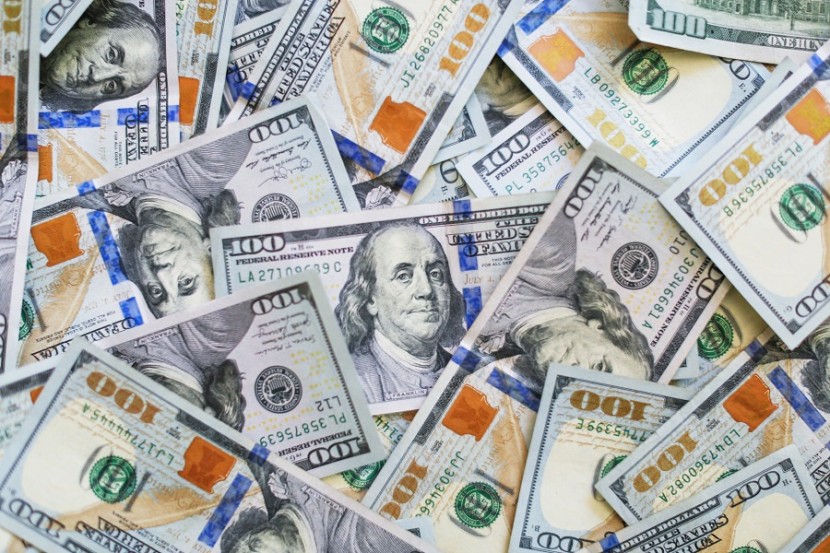The third stimulus check is deposited in tens of millions of bank accounts in less than a week for those who have set up direct deposit with the IRS. On March 12, many eligible individuals began collecting the $1,400 payments in their accounts. Paper checks were mailed out this week, according to the Treasury and IRS. However, it is unspecified when the EIP cards will be sent out. For more details on the third stimulus checks, here are significant facts to know as well as myths to clear up your mind:
Facts about the third stimulus check

- Third stimulus checks arrive in bank accounts - The Treasury announced on March 12 that it would begin sending payments, with more to follow this week and in the coming weeks, via direct deposit, check, or EIP prepaid debit card.
- More dependents qualify for payment this time - According to CNET, the new stimulus bill extends the concept of a dependent, enabling about 13.5 million more dependents to apply for a third stimulus payout of $1,400 each than the first two payments did. Whether a child or an adult, any dependent will be counted for payment for the new check. For the first and second checks, Congress covered children under 16 but omitted dependents aged 17 and up.
- Some people won't be eligible for the check at all - Because of the tight income limit Congress has placed on the third check, you may be excluded from receiving one or receive even less than the overall amount agreed upon by the House and Senate. We go through that here and improvements in your personal life that could affect your eligibility, such as if you earned an increase in the previous year or if you have fewer dependents this time.
- The third stimulus check could be delayed - The IRS is now sending out the checks. However, the agency has a number on the plate: We're in the thick of tax season, with a new deadline of May 17 for taxpayers to file returns. Even without the current pandemic, a backlog from 2019 refunds, and the task of handling the third round of stimulus payments, using a new formula, and introducing other parts of the new relief bill, such as the increased child tax credit, processing refund payments, are full-time jobs for the IRS.
Third stimulus checks' myths
One of the most common misunderstandings is that the funds will be added to Americans' tax returns in the coming weeks, partially because it's tax season. This is not the case. The third economic impact payment (EIP) is an advance on a tax credit for 2021, while the returns you'll be filing this spring and the rebate you'll almost certainly get are for 2020.
So, though you'll indeed get a bigger refund when you take advantage of the recovery rebate credit, it has little to do with the new legislation. The CARES Act and the Consolidated Appropriations Act, which produced the first and second stimulus payments in March and December, respectively, are responsible for any further stimulus money you get in your 2020 return.
Trump Aids Biden's Stimulus Bill, Leaves a Massive Cash Pile
The $1,400 stimulus check is also separate at this stage. It will be deposited directly into your bank account or mailed to you as a paper check or debit card. This isn't the only misconception still circulating on the internet. Here are other often overlooked aspects of the third stimulus check, as well as examples of what you really need to do, as per Money Talks News:
- The $1,400 stimulus is based on your 2019 income - The size of your stimulus check will be determined by the details you include on your 2019 tax return or your 2020 tax return if you've already filed this season. The IRS is using adjusted gross income, or AGI, as a data point. Your AGI isn't the same as your income. It's your take-home salary and some capital gains, minus tax benefits, including student loan interest and retirement savings.
- People who earn over $75,000 don't get a stimulus check - The entire sum is available to single filers earning $75,000 or less and married couples earning $150,000. The $1,400 payment continues to phase out if your AGI reaches that amount, but it does not go away completely. For every $100 you gain over the threshold, the value you'll get reduces by 5 percent. That ensures that single filers earning $80,000 or more and couples earning $160,000 or more would not be eligible for a stimulus payment.
- Debt collectors can't take a third stimulus check - After the first round of stimulus checks were issued last year, many individuals who were in debt, owing child support, or owed bank fees were afraid that their EIPs would be taken to fund their debts. The federal government expressly protected the second $600 stimulus check from garnishment after several states tried to prohibit it. The $1,400 checks may not have the security built-in because of how the American Rescue Plan was enacted.
Biden's COVID-19 Bill Provides More Than 1 Stimulus Check








